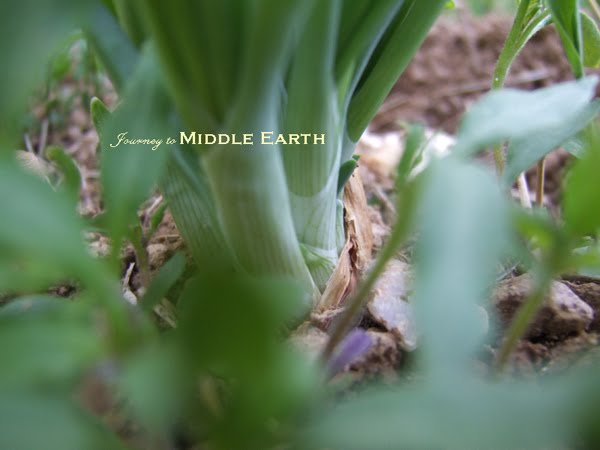
Ever since I have been living with my husband we have faithfully recycled goods like paper, plastic, metal, and glass. Sadly, our local collection site has now decided that glass is no longer economical enough to recycle and has stopped accepting it. I guess I'm just glad that they didn't cut plastic because there is no where for that crap to go.
It never occurred to me to "recycle" our food waste to amend our soil until I read the "Chicken Tractor" book. We simply either threw it in the woods or put it down the garbage disposal in the sink. I cannot tell you how many times I've wanted to tear my hair out because a wad of wilted lettuce clogged the disposal drain. Shrimp shells were another culprit of such fiascos.
My initial efforts at composting were on the low end of the budget spectrum. I procured 4 half rotten pallets for free and bought some hardware fabric and planned to make a box to throw waste in faithfully and turn over with the shovel. Not...realistic. I dreamed of a Compost Tumbler system because that seemed so much easier than pitch forking things every few days. I finally decided to take the plunge this past winter when prices for a "small" one tanked out at around 200.00. I can't testify to the quality of compost yet but I will say that it is so much more convenient than walking down to the back shed in the cold. On the few warm days we've had when I've checked it, steam actually came out of the barrel when I popped the hatch! It is nestled right now on the near the edge of my current composted cow doo-doo heap.

I've recently also started a worm composter. I was initially not going to invest in the compost tumbler because worm composting seemed like a good cheap alternative. A friend of mine said that no, worm composting is not the same as regular compost and that the worms digest out some nutrients that would otherwise rot into the soil. In hind site, I'm glad that I now have both! The worms have already made a rich compost in the plastic house that I made for them and you don't smell a thing unless you take the lid off. That's my cat, Logan, by the way. She 18 and has to inspect everything.
I got my worms from a wonderful girl named Angel! She hosted the first meeting of a local skill swapping club in Charlottesville, VA! It was awesome to meet other people and to learn about the worms! I've promised to give a tutorial on book making. It's going to be cool!
Anyway, the worm house cost a total of 10.00 to make. I bought the large plastic bin and drilled holes in the top for the worms to breath. I bought four smaller plastic bins to sit inside the larger one. I cut some styrofoam cups I saved from a local restaurant (I wish they didn't use those things) in half and put them inside one of the small plastic bins. I rested the bin containing the worms on top of them. This will act as a drain for moisture so the worms don't drown themselves. I've yet to get any liquid though. I've drilled holes in the inner plastic bins so that the worms can crawl from one level to another. They have filled their first level pretty much up and I'm going to pop a new bin on top and hope they will crawl up and make more compost.





